About GoMining
Invest in our cutting-edge digital miners and leverage the power of our advanced data centers to embark on a journey of daily rewards. By upgrading your mining pool and actively immersing yourself in the NFT game, you can maximize your profits and unlock the full potential behind gomining’s operations. Trust us to guide you through the world of crypto consultation and exchange services, as we strive to elevate your crypto investment experience.


Cryptocurrency Mining Experts
Earn daily rewards with ease! Invest in our digital miners, powered by our cutting-edge data centers, and start receiving daily rewards. Boost your mining pool rewards and immerse yourself in the NFT game to maximize your crypto investment returns.
Block Chain Mining Solutions


Tokenization

What Is A Hash Algorithm?
The HASH Algorithm: An Overview
Definition and Function
A hash algorithm is a fundamental component of modern computing, especially in the realms of cryptography, data security, and blockchain technology. At its core, a hash algorithm is a mathematical function that converts an input (or ‘message’) into a fixed-size string of bytes. The output, known as the hash value or hash code, typically appears as a seemingly random sequence of characters.
Key Characteristics
- Deterministic: The same input will always produce the same hash output.
- Fixed Length: Regardless of the input’s size, the hash output is of a fixed length.
- Fast Computation: Hash functions compute the hash value quickly and efficiently.
- Pre-Image Resistance: Given a hash value, it should be computationally infeasible to reconstruct the original input.
- Small Changes Lead to Major Differences: Even a tiny change in the input should produce a significantly different hash, known as the avalanche effect.
- Collision Resistance: It should be extremely difficult to find two different inputs that produce the same hash output.
Common Hash Algorithms
- MD5 (Message Digest Algorithm 5): Once widely used but now considered broken and vulnerable due to its susceptibility to collision attacks.
- SHA (Secure Hash Algorithm) Family: Includes SHA-1 (also now vulnerable), and the SHA-2 family (like SHA-256 used in Bitcoin) which is currently considered secure.
- SHA-3: The latest member of the Secure Hash Algorithm family, offering enhanced security features.
Applications
- Data Integrity: Hash functions are used to verify the integrity of data. A change in the data, even minor, results in a different hash value, indicating that the data has been altered.
- Password Storage: Websites often store the hash of a password rather than the password itself. This way, even if the data is compromised, the actual passwords are not exposed.
- Digital Signatures and Certificates: Used in verifying the authenticity of digital documents and software.
- Blockchain and Cryptocurrency: Hash functions are integral to the operation of blockchain technologies and cryptocurrencies. For instance, Bitcoin uses the SHA-256 algorithm for mining and transaction processing.
Limitations and Concerns
- Vulnerability to Attacks: Certain hash functions have been found vulnerable to attacks, where attackers can create collisions or reverse-engineer the hash.
- Advancements in Computing Power: Increases in computing power, including the advent of quantum computing, could pose risks to currently used hash algorithms.
Future and Evolving Standards
The field of cryptographic hash functions is continuously evolving. New algorithms are being developed in response to increasing computational power and sophisticated attack methods. Cryptographers and data security experts work relentlessly to stay ahead of potential vulnerabilities, ensuring that hash functions remain an integral and secure part of data security and cryptography.
Conclusion
In summary, hash algorithms play a crucial role in ensuring data security and integrity across various digital applications. Their ability to provide unique, fixed-size outputs for varying inputs makes them indispensable in cryptography, data verification, and blockchain technology. As technology advances, the development of more robust and secure hash algorithms will continue to be a priority in the field of information security.
Some of Our Clients

Our Experts

Need Consulting?
Book an appointment with one of our crypto investment subject matter experts.
